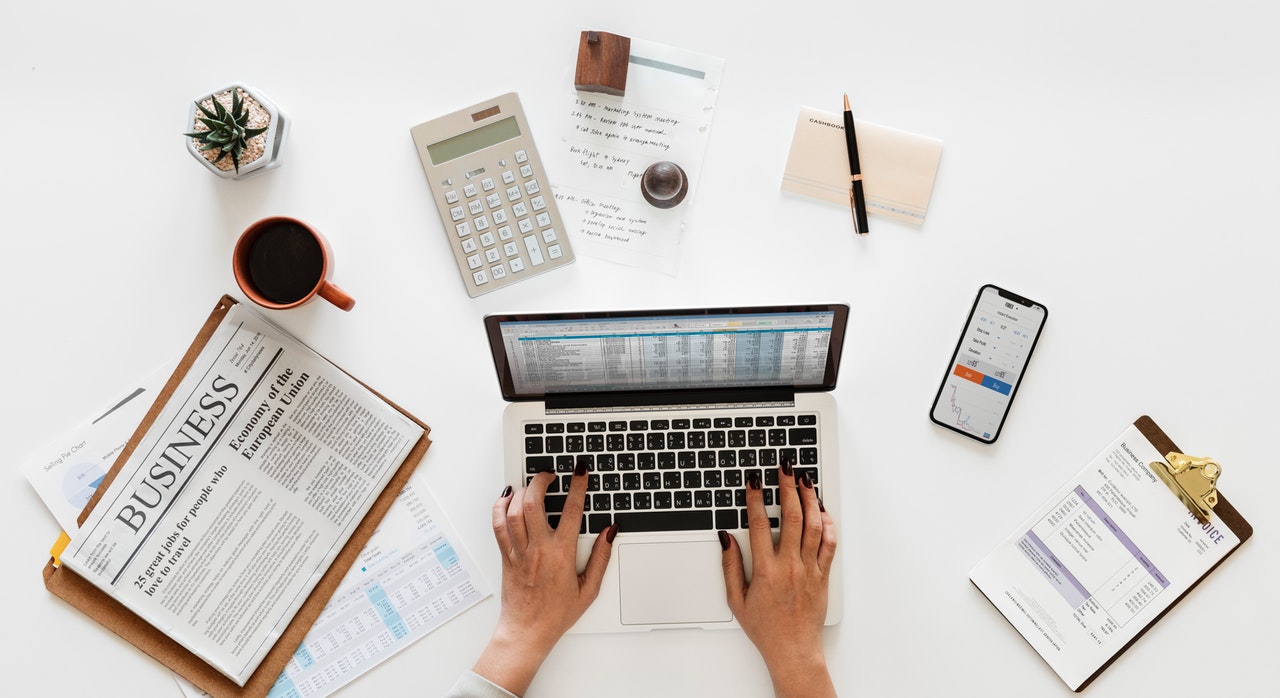To prevent the spread of
coronavirus (COVID-19), face-to-face businesses around the world have been
forced to shift to remote operations. This shift has proved to be particularly
difficult for traditional investment brokers, many of which still rely on face-to-face
contact with clients. Fortunately, online brokerages have been able to take on
the additional demand for brokerage services.
Given their growing popularity,
we thought now would be a good time to take a deeper look at online
brokerages and determine whether they’re an effective investment platform
for today’s turbulent economic conditions.
What Are Online Brokerages?
The term “online brokerage”
refers to a class of brokerage firms that use digital interfaces to both host
their services and communicate with clients. Unlike a conventional broker,
investing through an online brokerage does not require face-to-face
consultation. By shifting their services to the web, online brokerages do not
have to maintain or staff brick-and-mortar business fronts.
In comparison to a conventional
brokerage service, online brokerages—which benefit from very low running costs—are
usually far more affordable when it comes to brokerage and account fees. What’s
more, many online brokerages offer additional affordability bonuses. For
instance, top Canadian brokerage Questrade offers zero account keeping fees and
$0 brokerage for exchange-traded fund (ETF) products.
The Economic Impacts of
COVID-19
To combat the spread of the
COVID-19 pandemic, the international community has implemented strict
containment and social distancing policies, shuttering non-essential businesses
and, for all intents and purposes, locking down the global economy. While
unquestionably necessary, there’s no doubt that COVID-19 prevention measures
have wreaked
havoc on global equity markets.
In the U.S. and Canada, dozens of
industries, especially businesses in the tourism and entertainment sector, have
been pushed to the brink by the ongoing wipe-out in earnings. According
to the U.S. Commerce Department, month-to-month retail sales have already
fallen by a staggering 8.7 percent. U.S.
unemployment data is similarly bleak, with slightly more than 10 percent of
the domestic workforce, some 16 million people, losing their jobs over a three
week period. Unfortunately, the economic impacts of COVID-19 are not isolated
to North America., comparably bleak figures have been recorded in the
Indo-Pacific, Europe, Africa, and the Middle East.
Although it recently recorded an
encouraging rally, the benchmark S&P 500 index (sitting at 2,783 points as
of April. 16) is still a long way from its record high of 3,386 points on Feb.
19. When you consider that the COVID-19 pandemic is far from over, it’s
entirely possible—maybe even likely—that global equity markets will undergo
further falls.
Why It’s Still a Good Time to
Invest
On the surface, you might think
it’s crazy to even consider investing in today’s hyper-volatile geo-economic
environment. However, as anyone who’s seen “The Big Short” would tell you,
financial crises pose unique opportunities to savvy investors.
Broadly speaking, when retail
investors rush to take their money out of the market, they’ll often leave
behind a treasure trove of distressed assets and undervalued stocks. Remember,
looking for opportunities during a market downturn doesn’t mean you should go
out and buy every cheap stock on the market. There are a lot of
under-valued equities on offer right now, but you have to be discerning.
If you’re in a position to
invest, opening an account with an online brokerage will give you access to a
wide range of low-cost stocks, bonds, and commodities. By getting a 20 percent
to 30 percent discount on these assets, your portfolio will be primed for
significant growth when the global economy starts back up and markets
inevitably begin to recover. Encouragingly, there are several factors which
suggest that the global economy might recover sooner than expected.
The first factor is the extraordinary
level of monetary and fiscal stimulus being hurled at the global economy. On
March 26, the collective economies of the G20 announced that they would be injecting
over $5 trillion into the global economy, mostly via central bank monetary
stimulus and liquidity operations. In the U.S, the Federal Reserve has
committed to buying an unlimited amount of Treasury Bonds, corporate debt, and
municipal bonds. These unprecedented measures show that central banks are
willing to do anything to pull the global economy out of recession.
The second key factor is the fact
that the international COVID-19 outlook is slowly improving. While we’re not
out of the woods yet, many countries have experienced a slowdown in the rate of
new cases. For instance, in the U.S., models for the rate of new COVID-19 cases
have begun to resemble a standard growth curve rather than an exponential
growth curve. Meanwhile, in places as far afield as Australia, the daily infection
rate for new COVID-19 cases has dropped from between 25 percent and 30 percent
to 5 percent. The sooner we reach an international inflection point in the
COVID-19 viral curve, the sooner economies around the world can begin reopening
and recovering.



 Bitcoin
Bitcoin  Ethereum
Ethereum  Tether
Tether  XRP
XRP  Solana
Solana  USDC
USDC  Cardano
Cardano  TRON
TRON  Lido Staked Ether
Lido Staked Ether  Avalanche
Avalanche  Toncoin
Toncoin